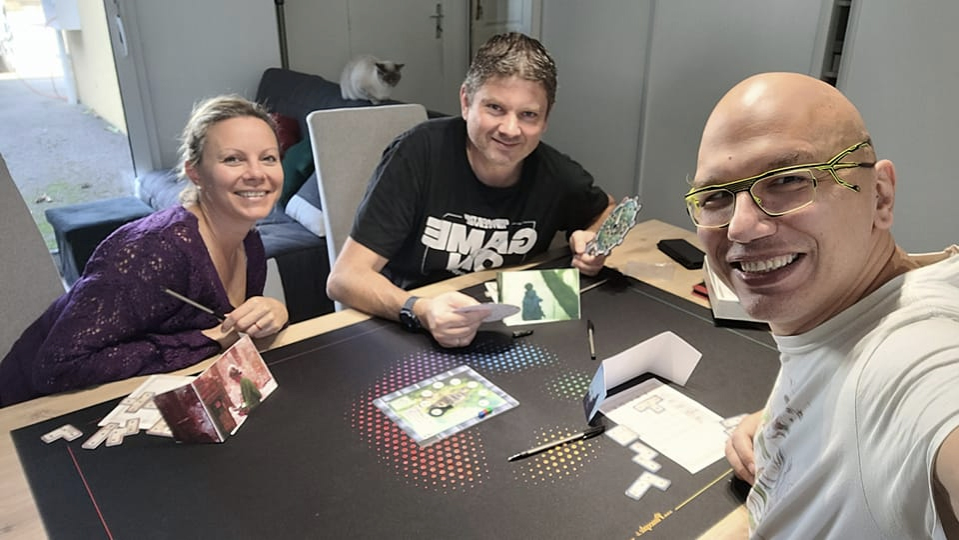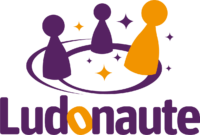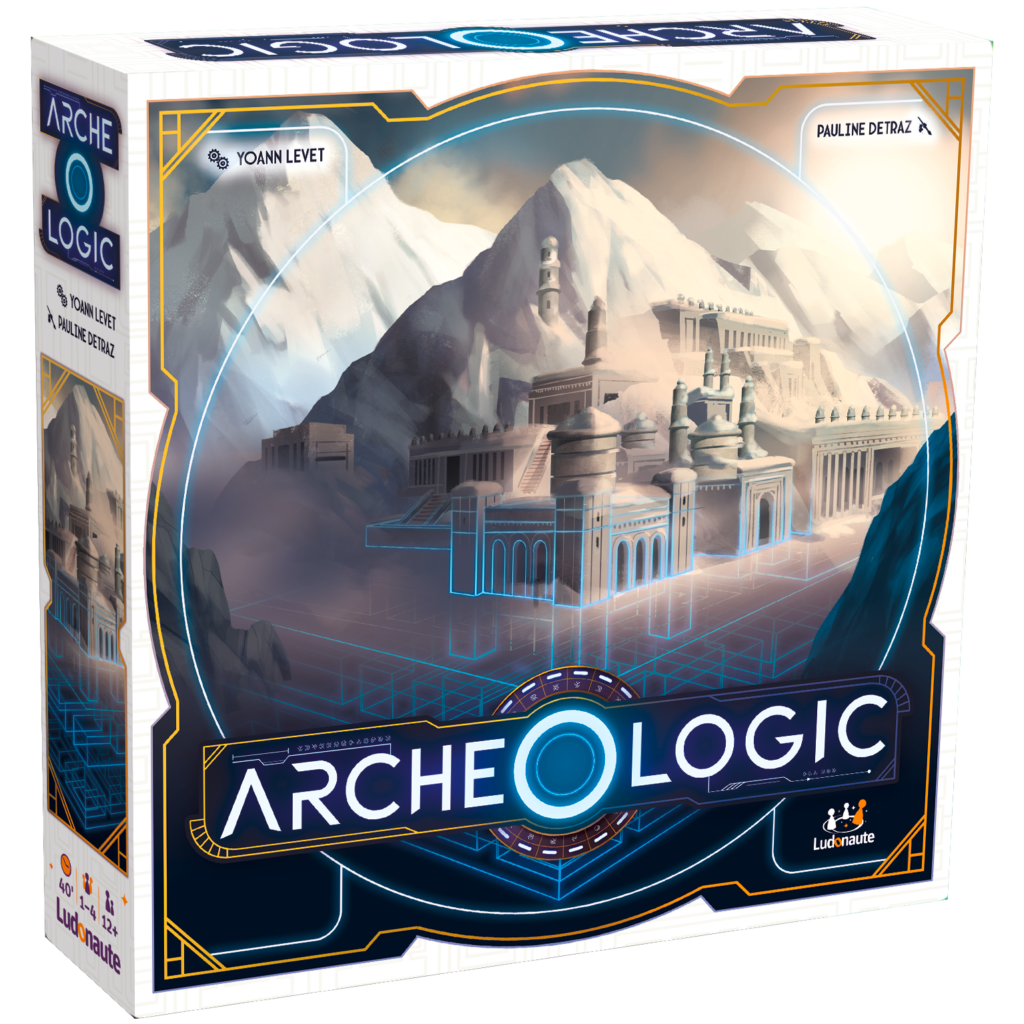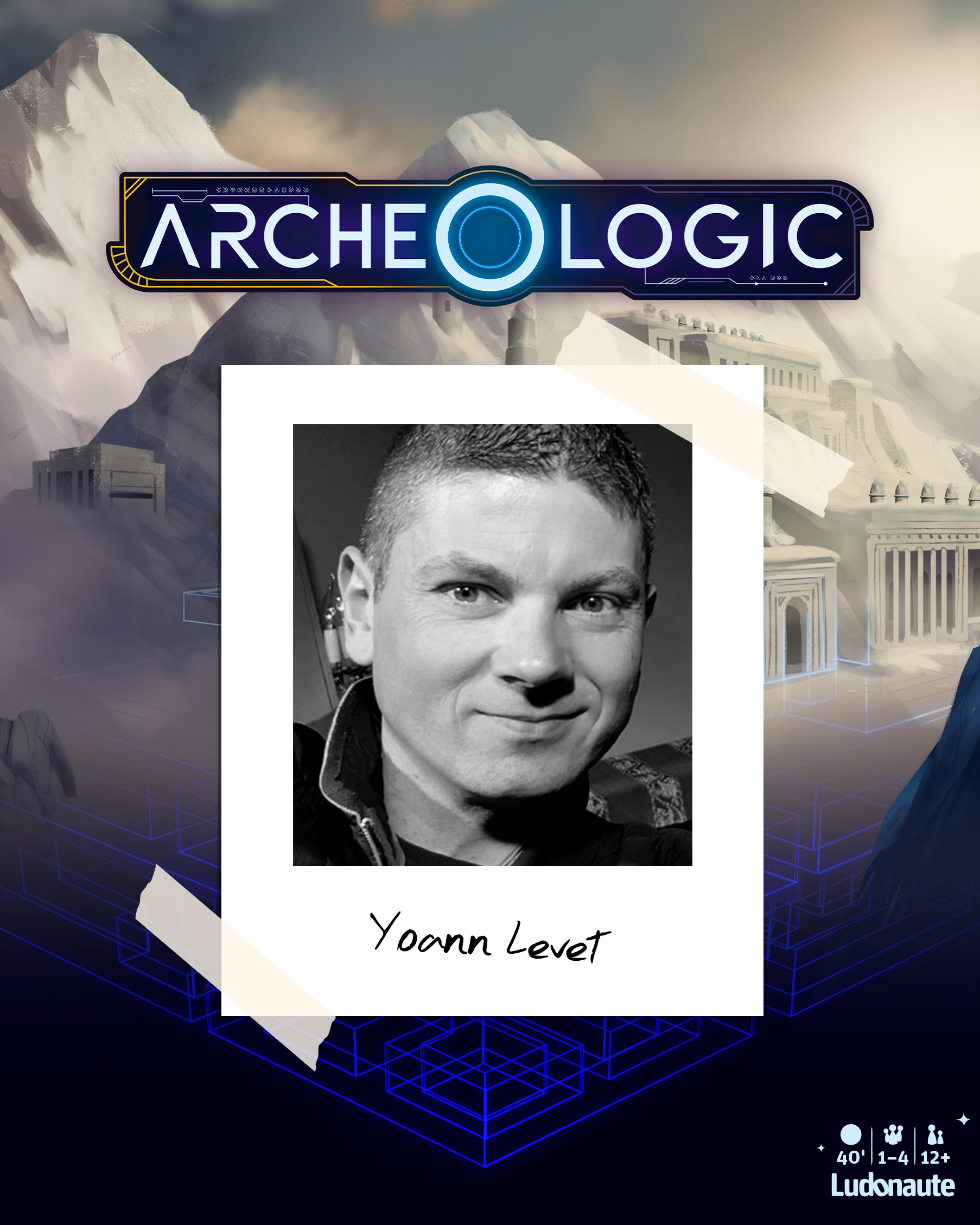Hello everyone, I am Yoann Levet, the game designer of ArcheOlogic, and I'm going to share with you the story of its creation.
Before ArcheOlogic
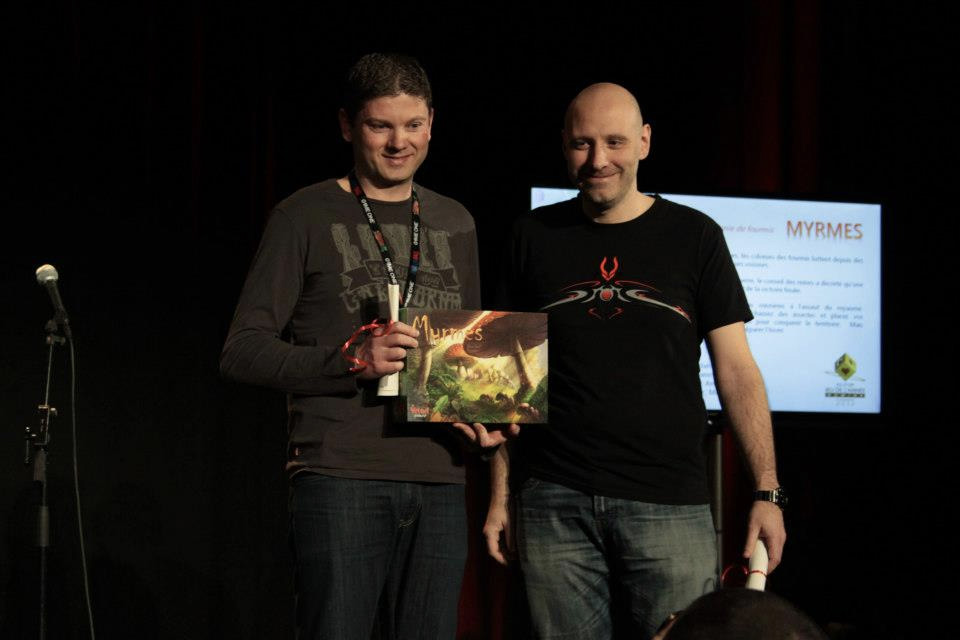
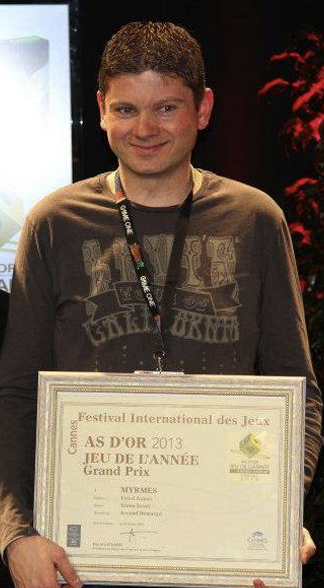
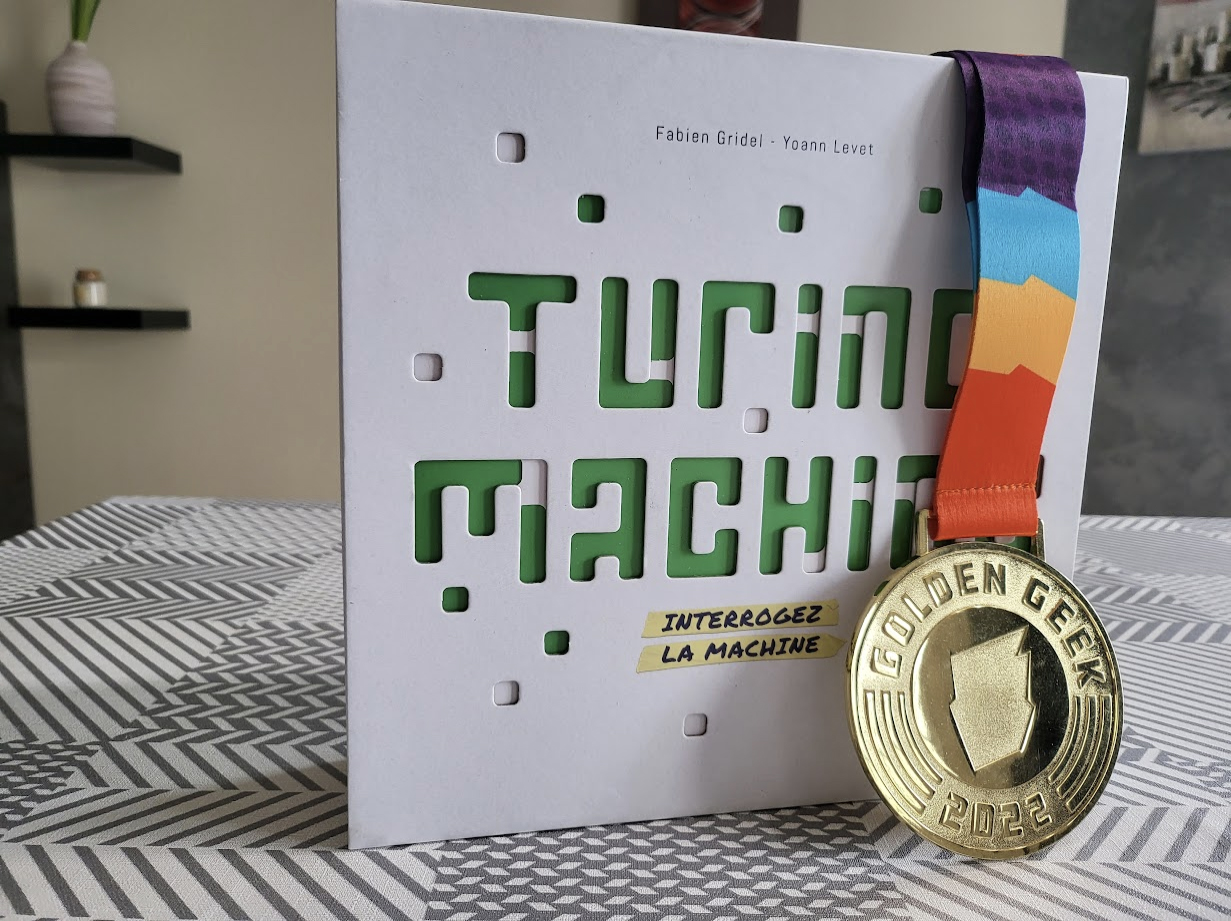
I've been playing "modern" board games for about 20 years, but it has only been around a decade since I started creating them.
Myrmes, my first game, is the one that brought me recognition. It was my very first prototype, and it enjoyed a nice success. It's a resource management game, and even though it's a genre I love, my greatest passion has always been deduction games.
Sleuth, Zendo, Telepathy, Code 777, Sherlock 13, etc... are among my favorites in this genre. I'm referring, of course, to logical deduction, as there are many other forms of deduction in games. However, I only recently took the plunge into creating this type of game. Perhaps before, I hadn't quite grasped how I could create them.
It all started with Turing Machine, which was my first deduction game. You may already know that I introduced the idea of punch cards found in this game. I did this with the strong belief that I could create a game with "smart" content, in the sense that it could interact with the player and even respond to their questions. I called it "low tech," technology without electronics.
From this concept of material that responds to questions, I created a whole series of games using various ideas: holes, overlays, transparencies, magnets, etc... And the genre that was most suitable for supporting these ideas was the deduction game.
The encounter
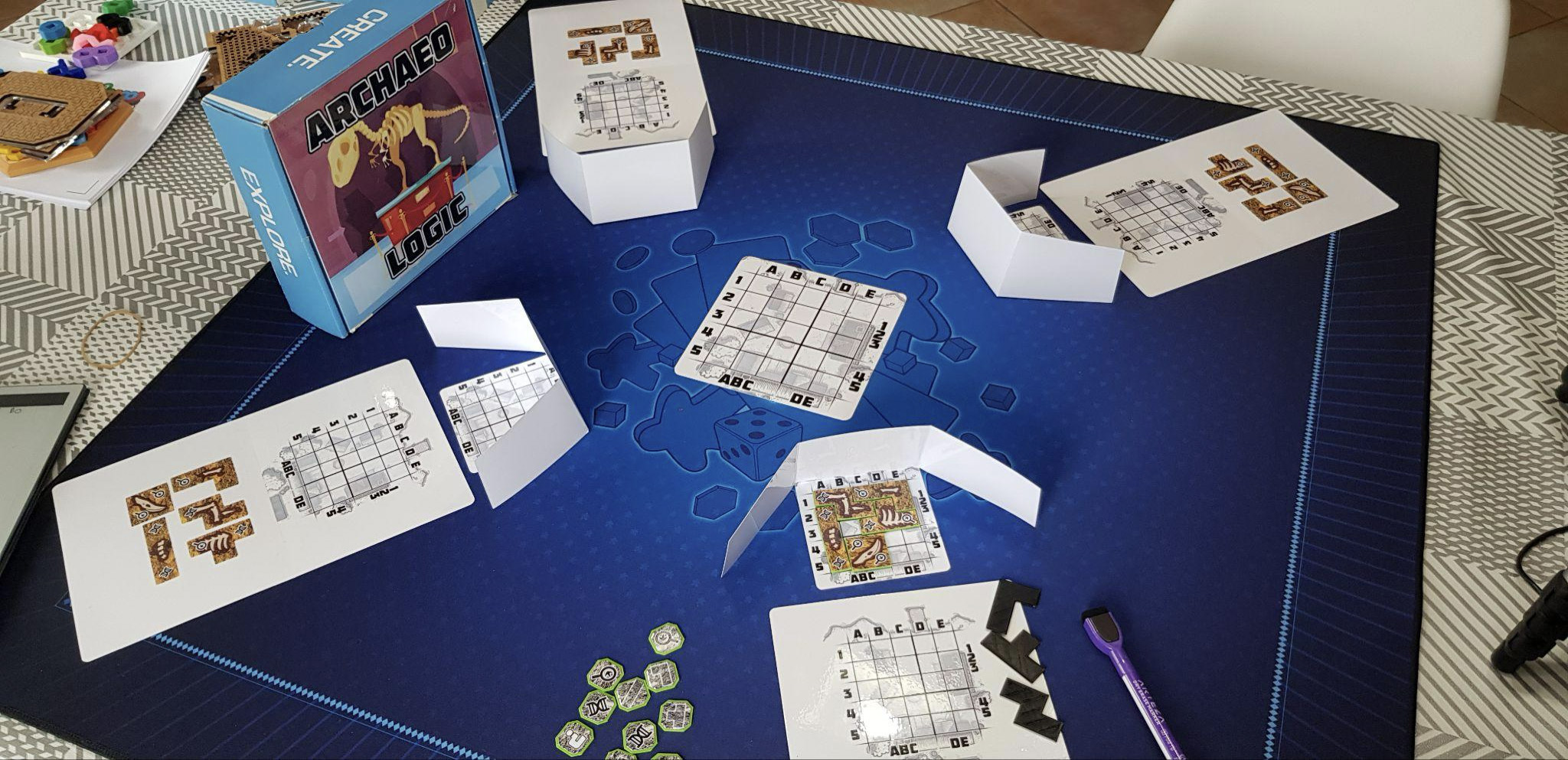
It was October 2020, right in the midst of the COVID pandemic, and I had five or six deduction game prototypes. Interestingly, ArcheOlogic was the only one without any content responding to players' questions; in a quite classic manner, you would interrogate other players. For the record, ArcheOlogic has always had this name, and this is the first time I've kept the title of a prototype.
During this period, Cédric, the boss of Ludonaute, told me that he was looking to publish a deduction game. It couldn't have come at a better time when he asked me about it, so I sent him a pitch for each of my games. Two caught his eye, including ArcheOlogic. The other was a game that indeed had content responding to players' questions. I then sent him prototypes of these two games.
About a month later—after receiving the games and playing them several times—Cédric informed me that he had fallen in love with ArcheOlogic and wanted to reserve it to see where we could take this game. I naturally accepted.
Developing the game
Quite quickly, the idea came to merge the two prototypes I had sent him so that ArcheOlogic would have this concept of content responding to players.
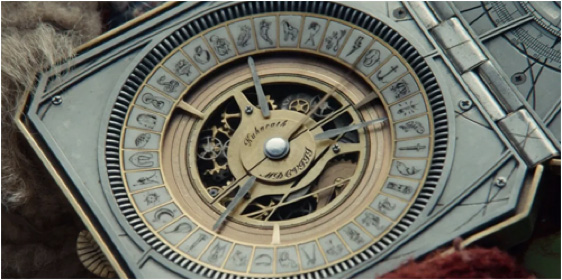
He then mentioned a book he loved, "The Golden Compass" by Phillip Pullman, and a series called "His Dark Materials" in which there was an object that answered questions: the Alethiometer.
I replied that it was a perfect source of inspiration for ArcheOlogic. An hour later, I sent him these three sketches:
Challenge Card:
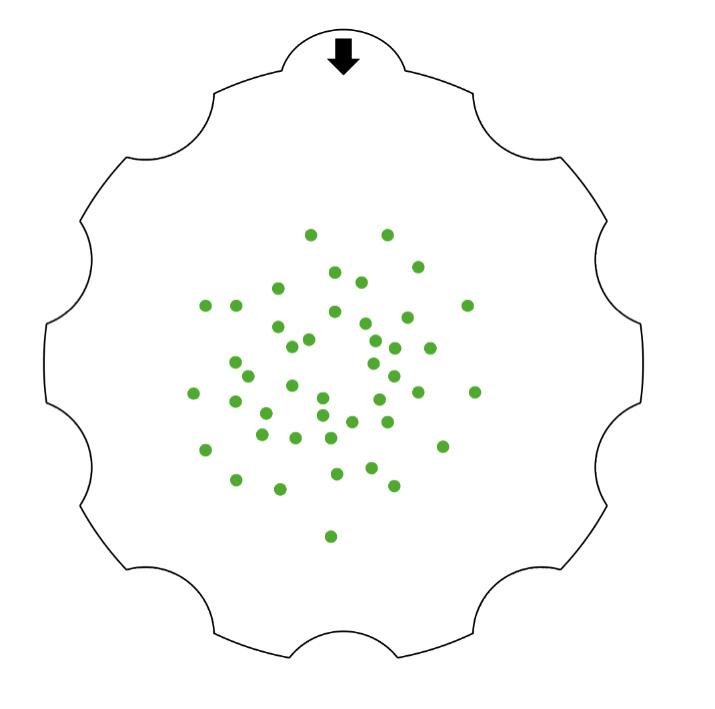
Floor 1:
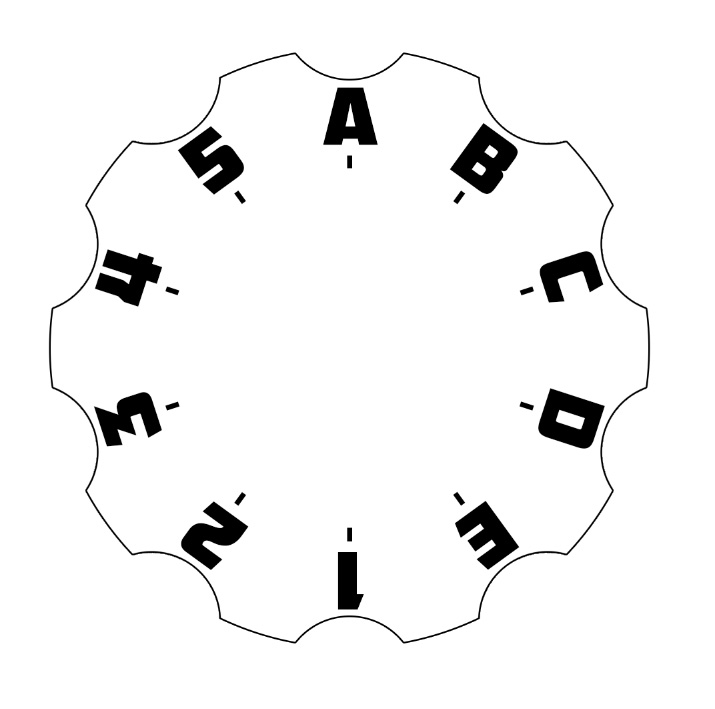
Floor 2:
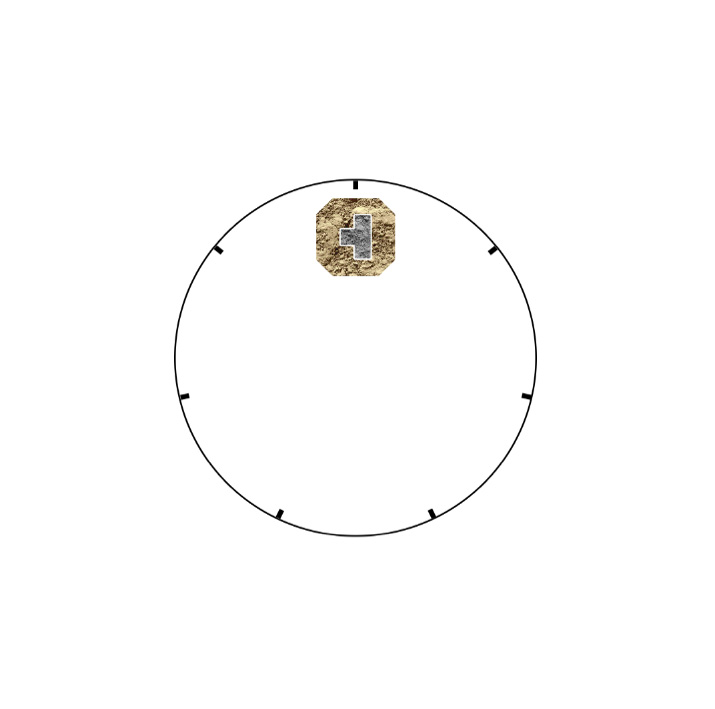
The foundational concepts of ArcheOlogic were born. What followed, as I had done previously for Turing Machine, were days and days of development, laser cutting for numerous tests:
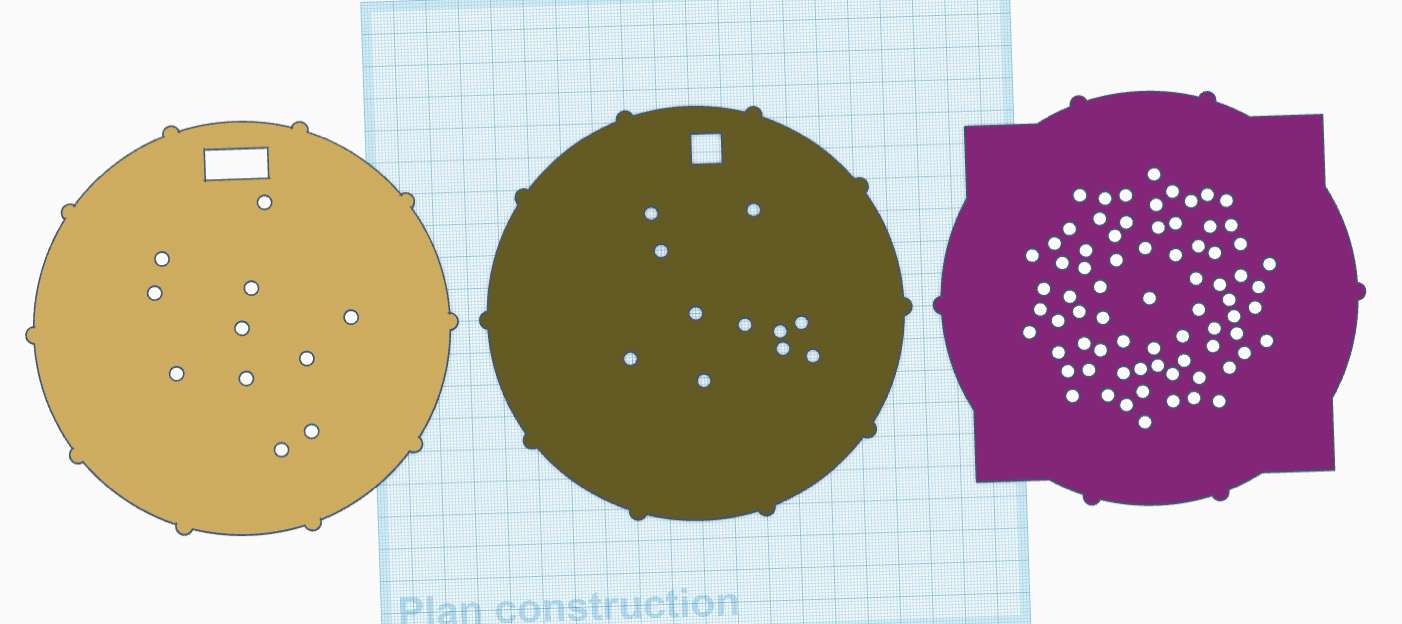
After many tests, the first version of what would later be called the Archaeoscope was born (See here)
This version had to display numerical values to function because there were not enough holes available, and we didn't like that too much. That's why we later switched to double-sided discs, allowing us to increase the number of holes and display several pieces of information on each answer, while enlarging the size of these holes as much as possible. This phase of adapting the material was the most complex.
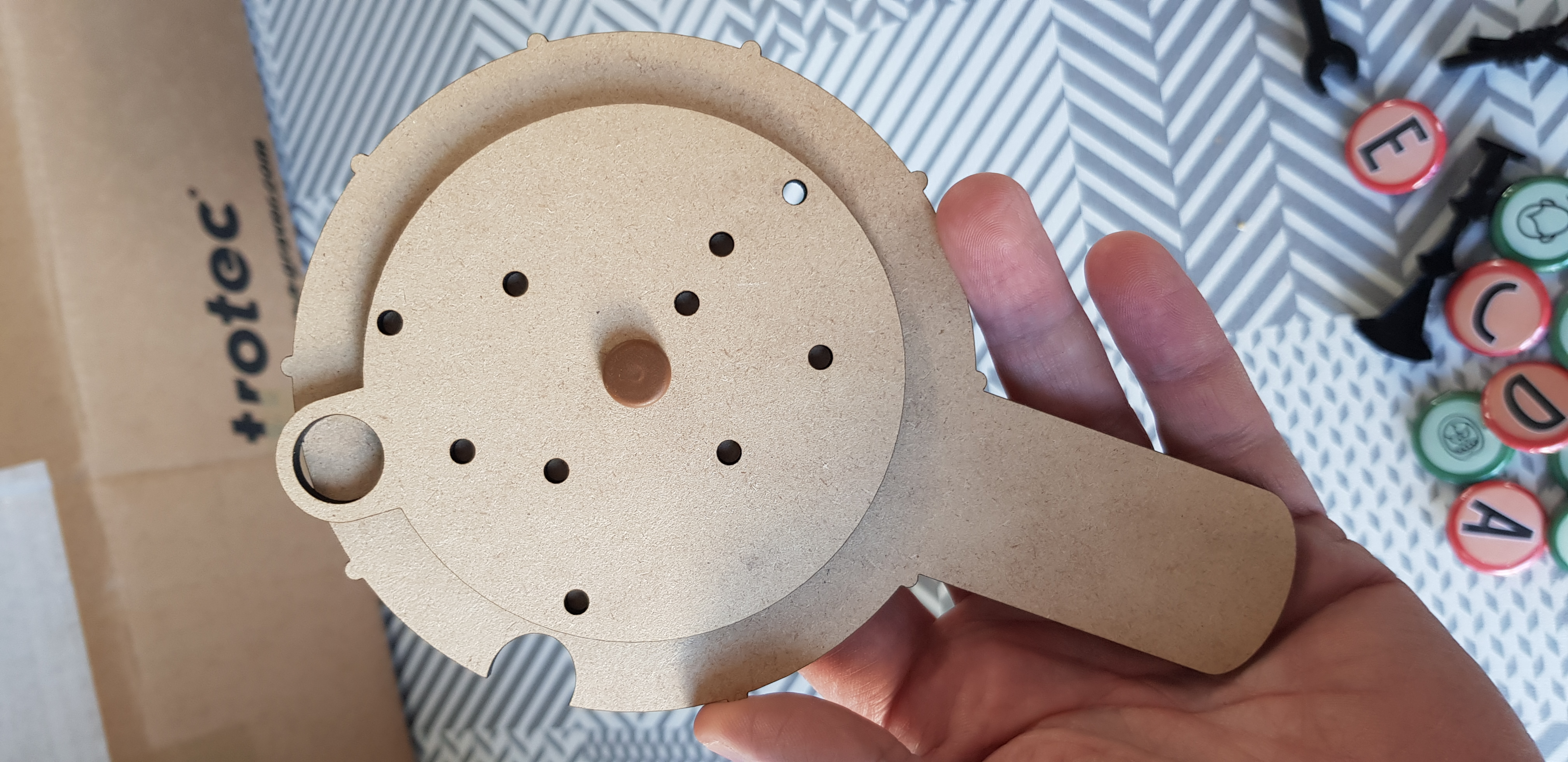
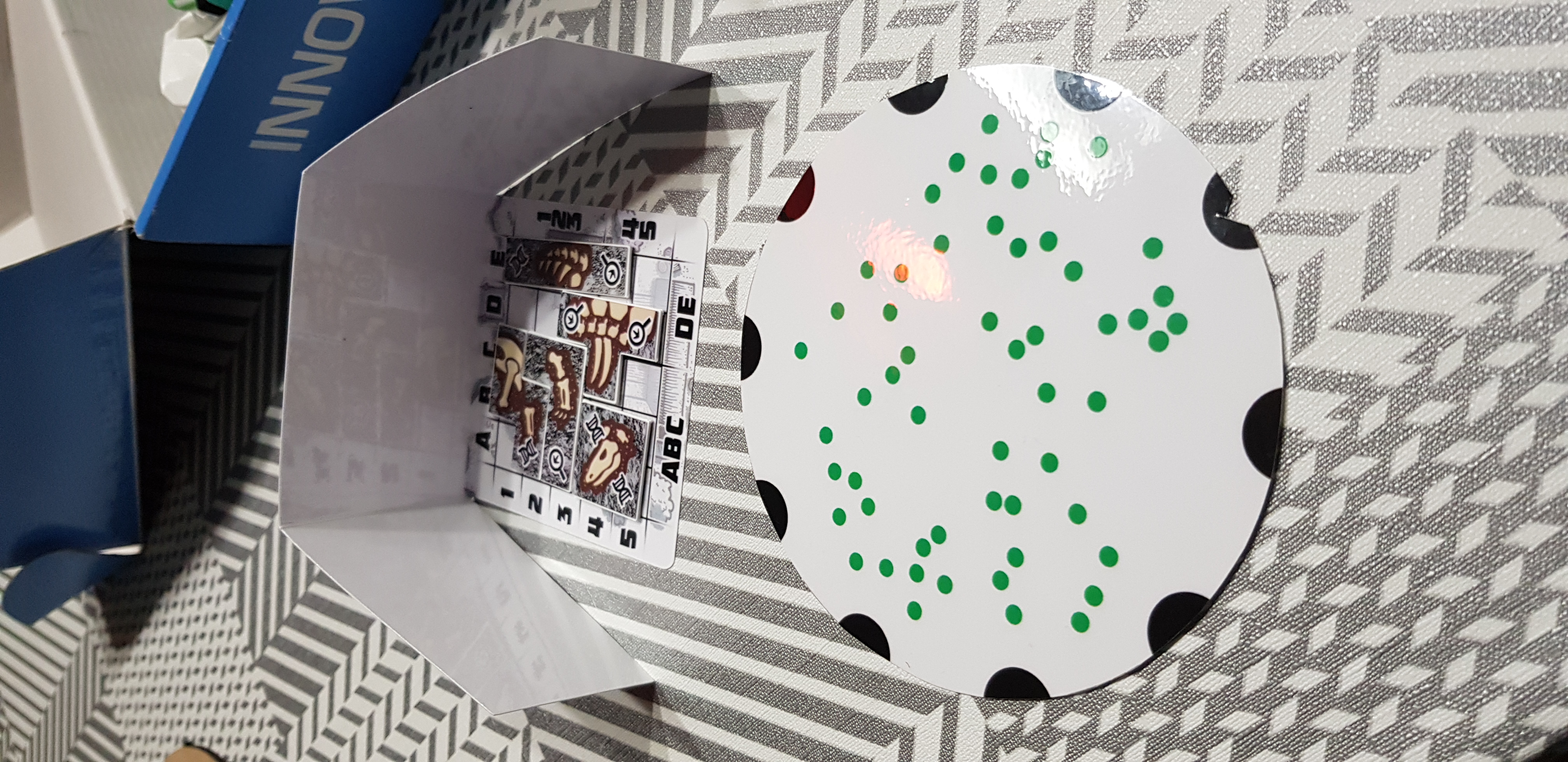
The algorithms for generating all of this were done in Java, a language I love and am very familiar with. Programming is not my profession at all, just my passion. Since I managed to combine my two passions, programming and board games, I am the happiest of men.
For comparison, and as surprising as it may seem, the algorithms behind ArcheOlogic are much more complex than those of Turing Machine. Indeed, in Turing Machine, the abstraction is simple since it involves values, and the cards are in the form of a grid, all identical. With ArcheOlogic, we have to display more complex data, and it involves 3 layers of discs, completely different, rotating relative to each other.
A universe depicted by Pauline Detraz
Once the material and game mechanics were established, we focused on the game's theme. Searching for dinosaur bones seemed too classic, and especially in disagreement with the game's name. So, we decided to return to the theme of archaeology but without falling into a colorful Indiana Jones style, as this look is widely used in games.
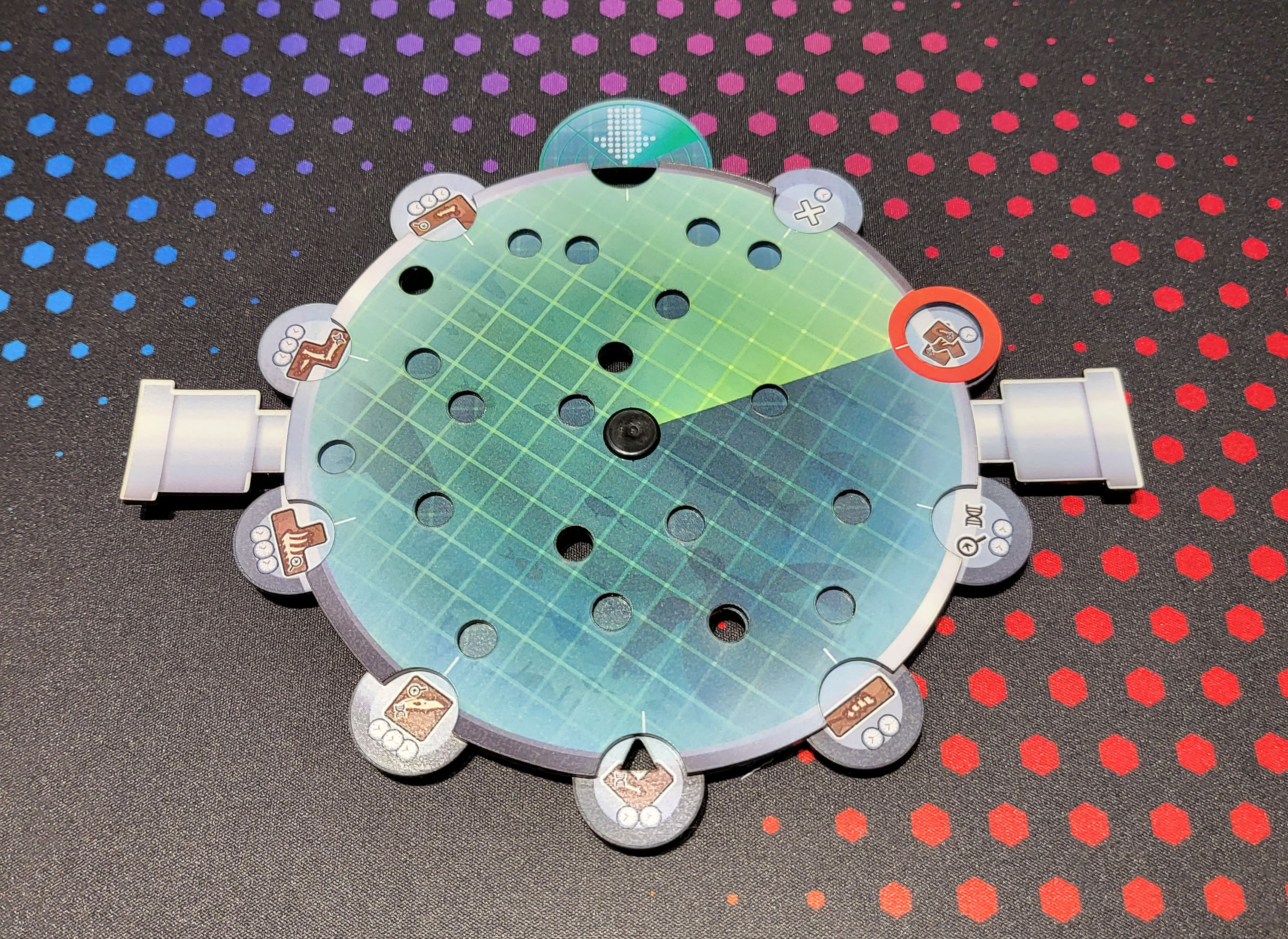
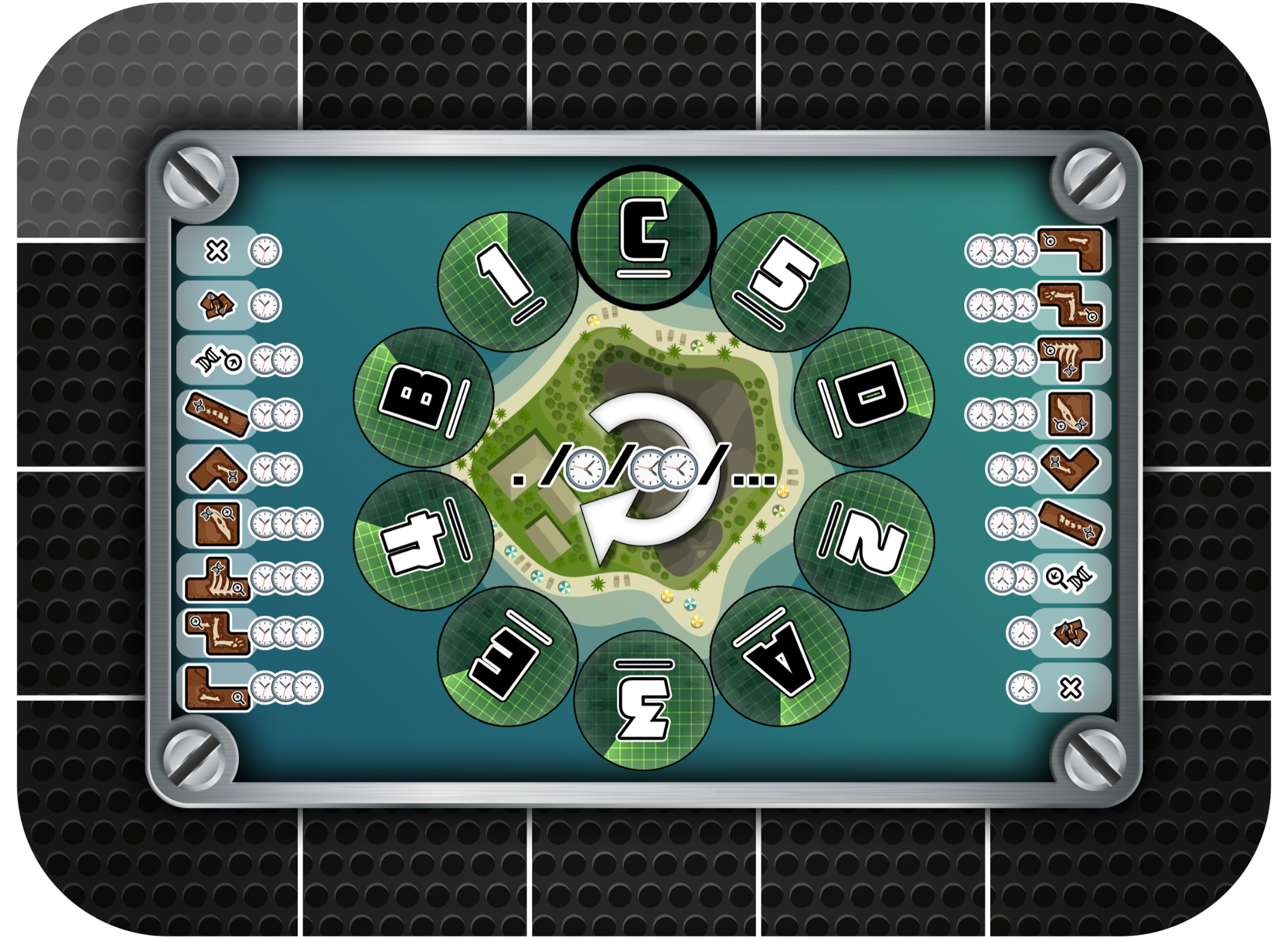
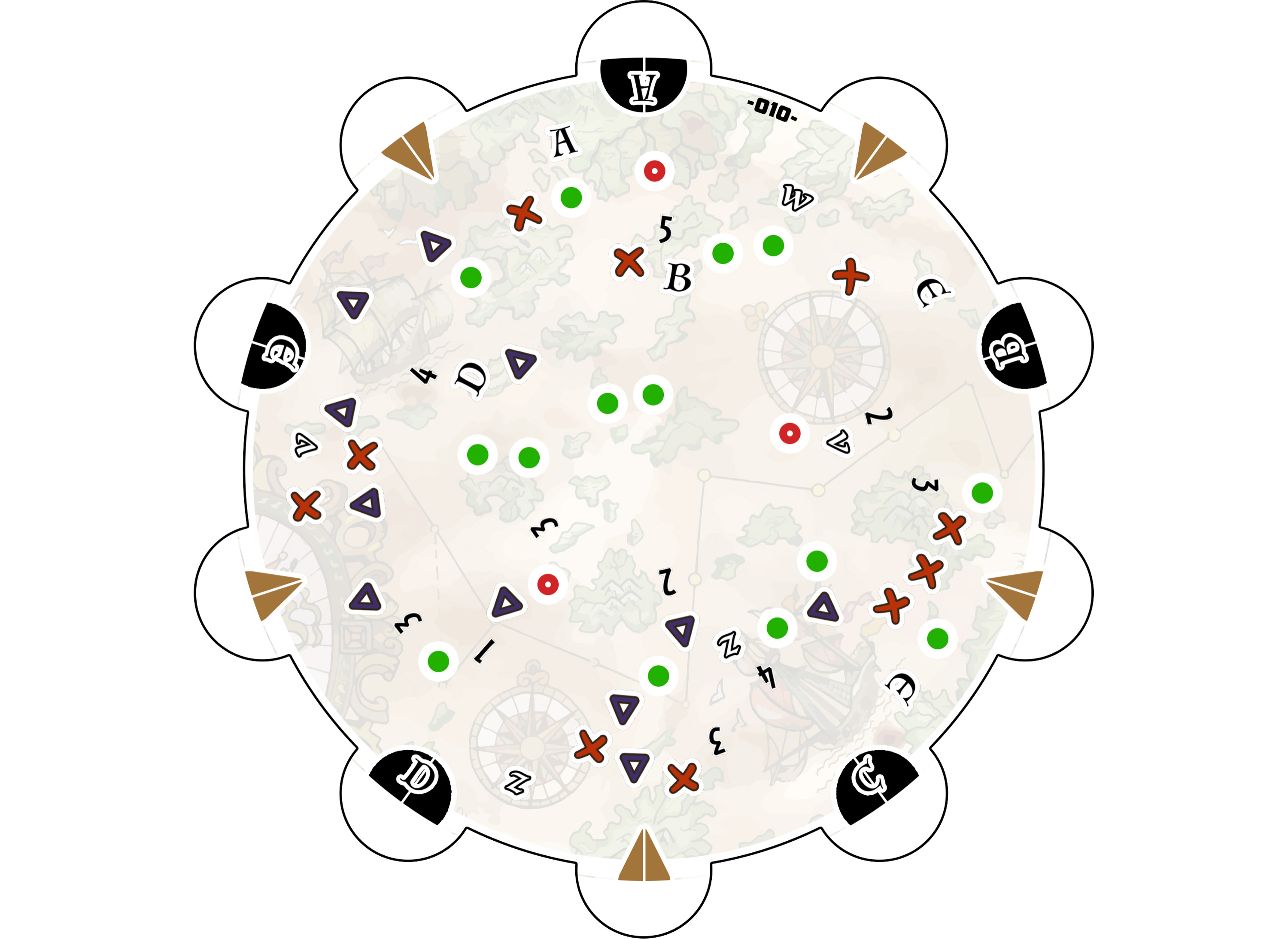
In this version of the prototype, we explored underwater archaeology.
And that's when Ludonaute made the wonderful choice of Pauline Detraz as the illustrator of ArcheOlogic (Akropolis, Nimalia, Quickshot, etc...). She shared her ideas for a graphic universe that we immediately fell in love with:
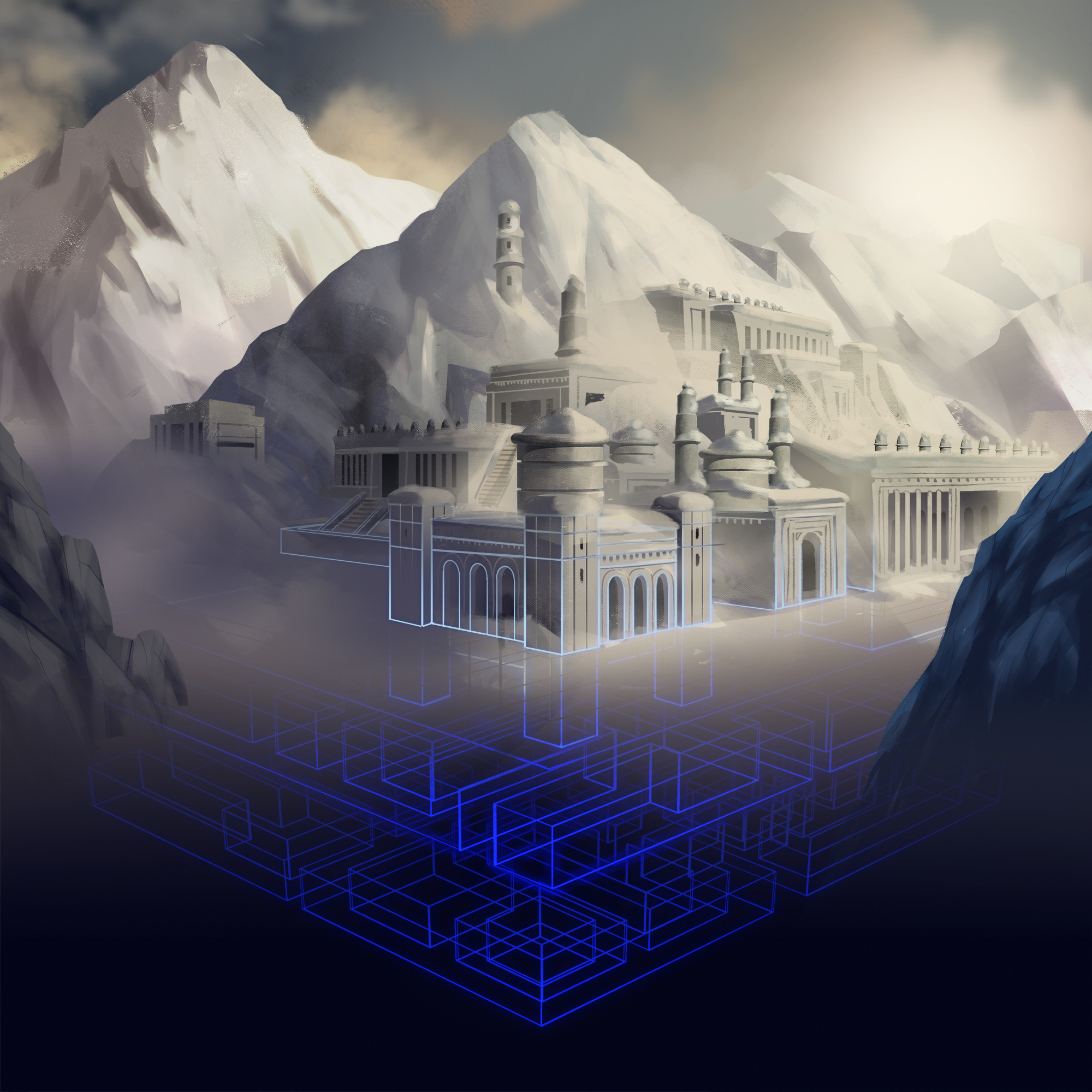
The big plunge!
That's when the game started to take its final form, and we began to play it a lot at festivals. The feedback was very exciting.
It was around this time that we decided to offer a "companion" app for the game. Something completely optional but that could improve the gaming experience. Based on my experience with the Turing Machine app, we decided that I would develop it. It was not just an additional workload since Ludonaute paid me for it. This might not have been the case with all publishers, so I thank them for that.
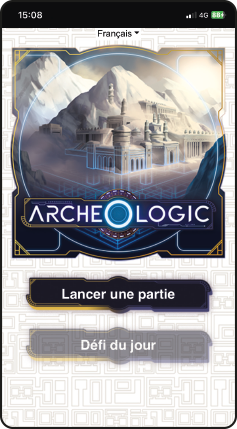
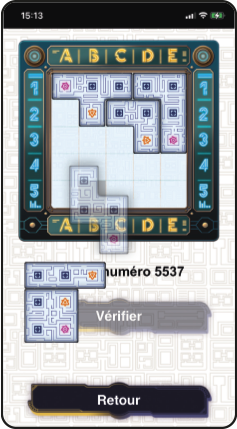
This allowed us to add an "expert" ode to the game, simplify the setup of starting clues, add a little extra to the resolution phase, and offer a "daily challenge" game, as well as a "Puzzle of the day." While completely optional, I think this app brings a lot to the game.
The Release
And that's when the game took off at Essen 2023, three and a half years after its first version:
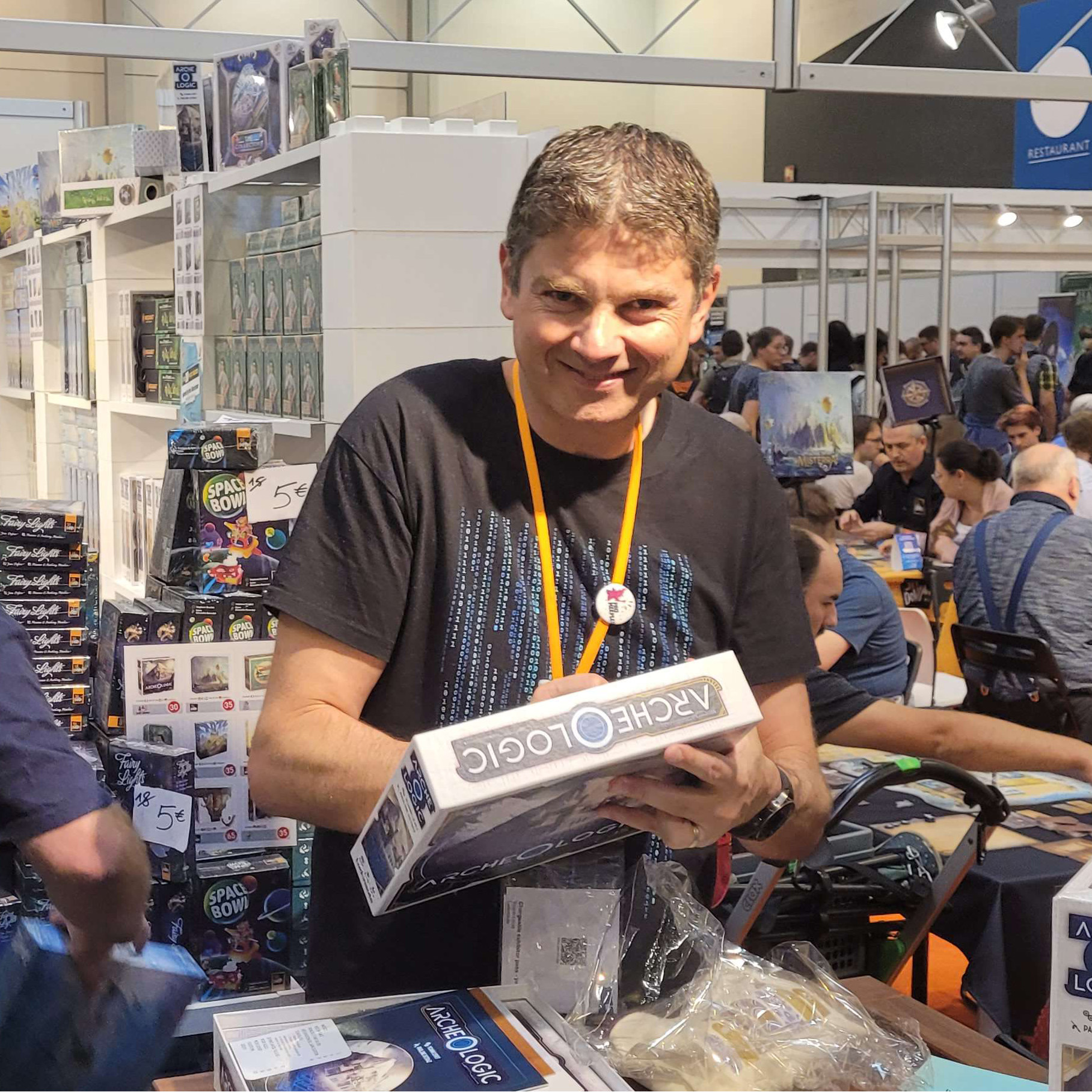
On a personal point, it has been a wonderful experience. Working with the Ludonaute team has been a real pleasure, and they have always been receptive to any comments I had. I hope this experience will happen again. A big shoutout to Anne-Cécile, Manon, Cédric, and Bruno.
The game is now in the hands of players, and the initial feedback is excellent. All that's left for me is to wish it a long life and hope that you enjoy it.
